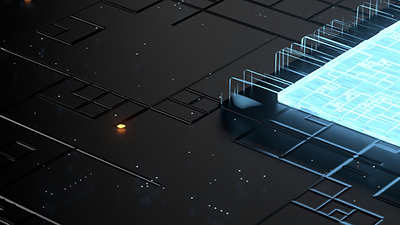
The stand for the region of Liguria at the Milan 2015 Expo features a project as bizarre-sounding as it is intriguing: an attempt to grow crops underwater, inside air-filled biospheres. It’s part of an effort that could prove a low-cost, low-energy solution to grow food in parts of the world where this was not previously possible…
As bizarre as this solution may sound, there is method to this madness. A few feet below the surface, plenty of sunlight still filters in, the temperature is kept at a stable 25° C (77 °F) by the sea, and the crops are well out of the reach of parasites.
The evaporating sea water condenses on the inner walls of the biosphere, creating a high-humidity environment (up to 85 percent) that favors crop growth. All in all, according to its proponents, the system is sustainable and requires very little energy.
via Gizmag
Image: Nemo’s Garden






